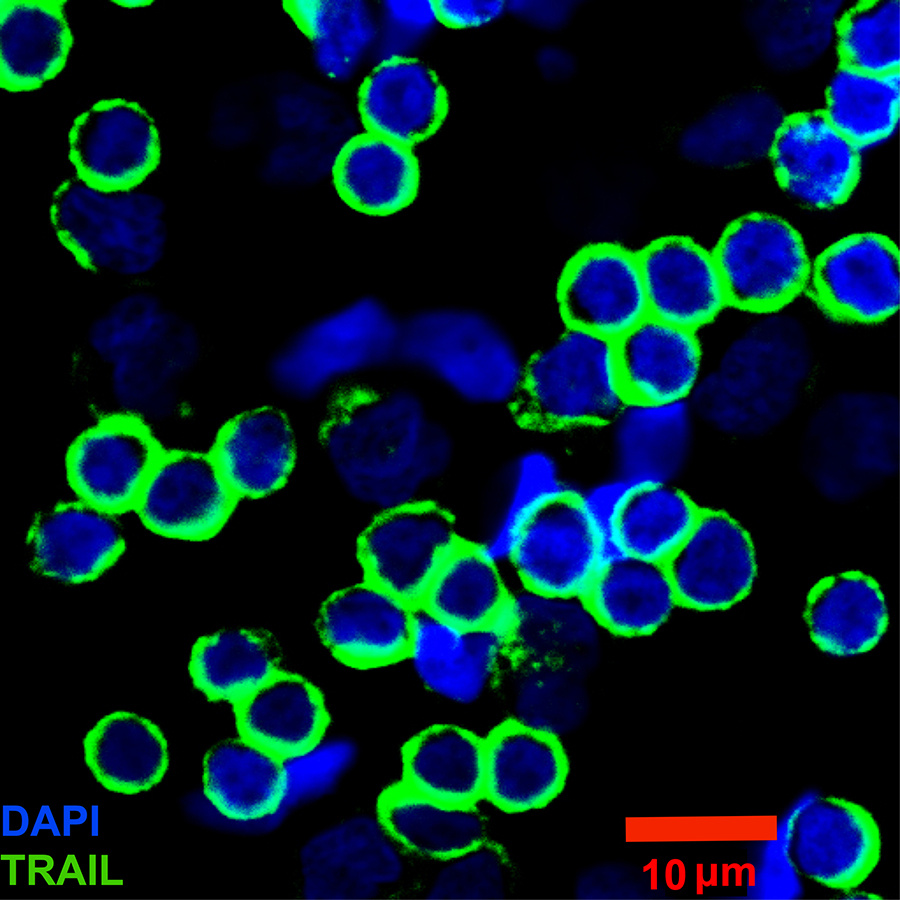Mes: enero 2016
África dice adiós al ébola, pero mantiene la alerta
En la Vanguardia Policial y Forense: IX Encuentro de Investigadores del Instituto Universitario de Investigación en Ciencias Policiales
Congreso
«En la Vanguardia Policial y Forense: IX Encuentro de Investigadores del Instituto Universitario de Investigación en Ciencias Policiales»,
20 y 21 de enero en la Facultad de Derecho de la UAH.
A dicho evento se le han asignado los siguientes créditos: Libre Elección: 2,0/ECTS: 1,0 (transversales).
La asistencia es gratuita pero es necesario inscribirse.
Cartel:
[embeddoc url=»http://www3.uah.es/rna/root_q1b_2015/wp-content/uploads/2016/01/CARTEL-IX-ENCUENTRO-IUICP-2016.pdf»]
Programa:
[embeddoc url=»http://www3.uah.es/rna/root_q1b_2015/wp-content/uploads/2016/01/Programa-preliminar.-En-la-Vanguardia-Policial-y-Forense.pdf»]
Lavar un forro polar puede alterar la fertilidad de una ballena
Un test genómico del tumor de mama predice el resultado del tratamiento
Descubierta la supernova más brillante de la historia
Tarantulas Tangled Up In Blue
BioTechniques

Using Internet databases, Hsiung’s team surveyed the colors of tarantulas from 53 genera and identified 40 genera with blue coloration. They obtained specimens from eight different species to analyze by microscopy and optical modeling.
“We saw different types of nanostructures, such as multilayer structures and quasi-ordered sponge-like structures. … These different types of nanostructures are all capable of producing infinite variations of colors from blue to red,” said Hsiung. “However, they all evolved to produce this specific blue using very different mechanisms, which is rare.”
Hsiung’s team next reconstructed evolutionary trees for the blue species, illustrating that the similar blue coloration had independently evolved at least eight times across multiple species through at least three divergent color-producing nanostructures.
Unlike the structural colors of birds or butterflies, tarantulas produce non-iridescent colors that maintain their hue when viewed from any angle. Understanding how tarantula nanostructures produce color could replace energy-intensive LCD technology, since active backlight illumination would not be required.
“We think the tarantula could be key to addressing these problems, and we are using different nanofabrication technologies to replicate the tarantula nanostructures and produce non-iridescent structural color,” said Hsiung.
Reference
Hsiung BK, Deheyn DD, Shawkey MD, Blackledge TA. Blue reflectance in tarantulas is evolutionarily conserved despite nanostructural diversity. Sci Adv. 2015 Nov 27;1(10):e1500709.
Secretos de la Complutense
Un antimalárico podría reducir la mortalidad del ébola
Nanotechnology: Supercharged Immune Cells Keep Cancer in its Place
Cancer Biology
Supercharged Immune Cells Keep Cancer in its Place
Using nanotechnology, scientists armed the body’s own natural killer cells to prevent cancer metastasis in mice. Read more…

Normal, unenhanced natural killer (NK) cells wait for cancer cells in lymph nodes, one of the first sites the migrants land. They use a surface protein called TRAIL to grab onto receptors on the cancer cells’ surface and induce apoptosis. But cancer fights back with secreted molecules that keep NK cells weak, so they often don’t have enough TRAIL to go in for the kill. Scientists have tried injecting people with TRAIL alone, but it quickly clears from the bloodstream and has little effect.To overcome this, King’s team turned to liposomes, which last longer in the bloodstream than individual proteins and are safe and easily degraded. The researchers attached TRAIL and an antibody that recognizes NK cells to a lipid balloon 100–150 nanometers wide. To test these would-be assassins, King and colleagues injected mice under the skin with human colon cancer cells carrying the luciferase gene so that they could track progression of the glowing, growing tumor. Two weeks later, the authors started a month-long TRAIL balloon treatment test. In control mice, the cancer cells infiltrated nearby lymph nodes, but in treated mice, the nodes stayed clear.
“We’re very excited that we can prevent the spread of this tumor to the lymph nodes,” King said. As a bonus, the original tumors in the treated mice shrank a bit. “It was a nice surprise to see just how effective it was even treating the primary tumor.”
King envisions TRAIL liposomes as a treatment in concert with medications that target solid tumors, which would be a significant advance since no such anti-metastasis treatment exists today.
Reference
Chandrasekaran S et al. Super natural killer cells that target metastases in the tumor draining lymph nodes. Biomaterials. 2 Nov 2015; 77: 66-76.